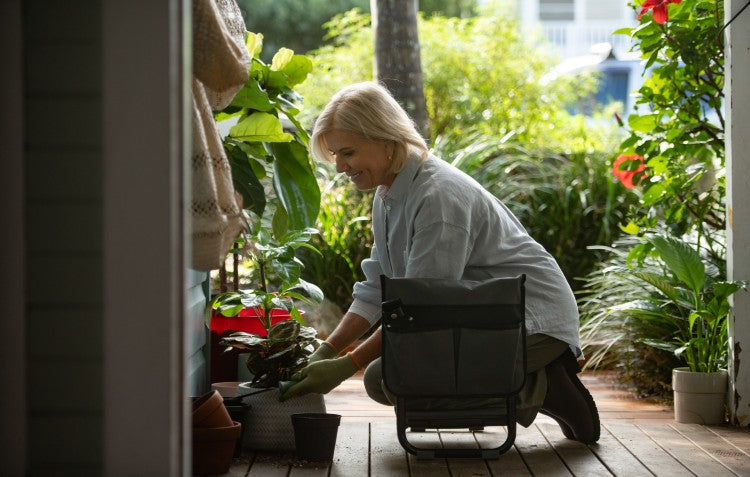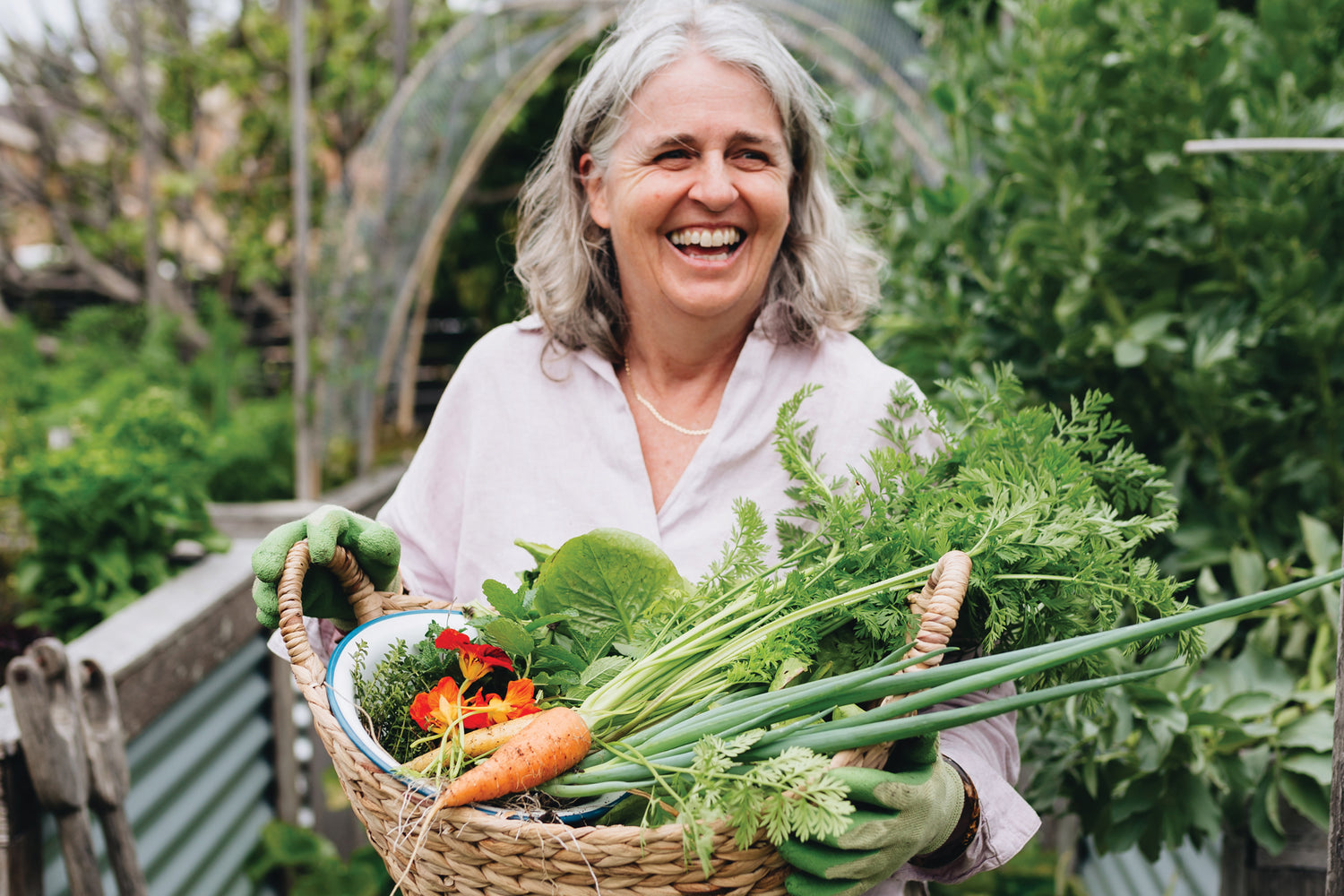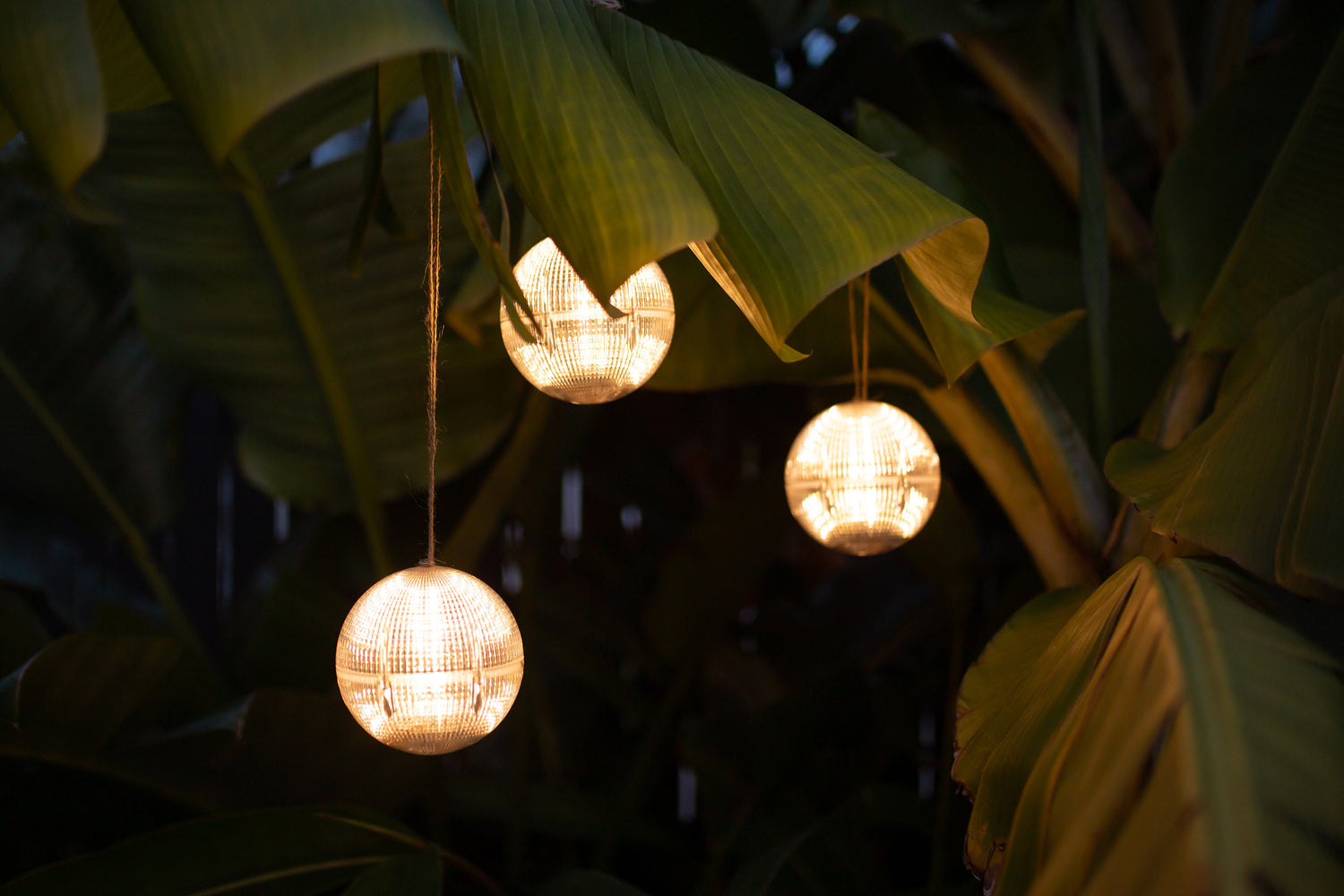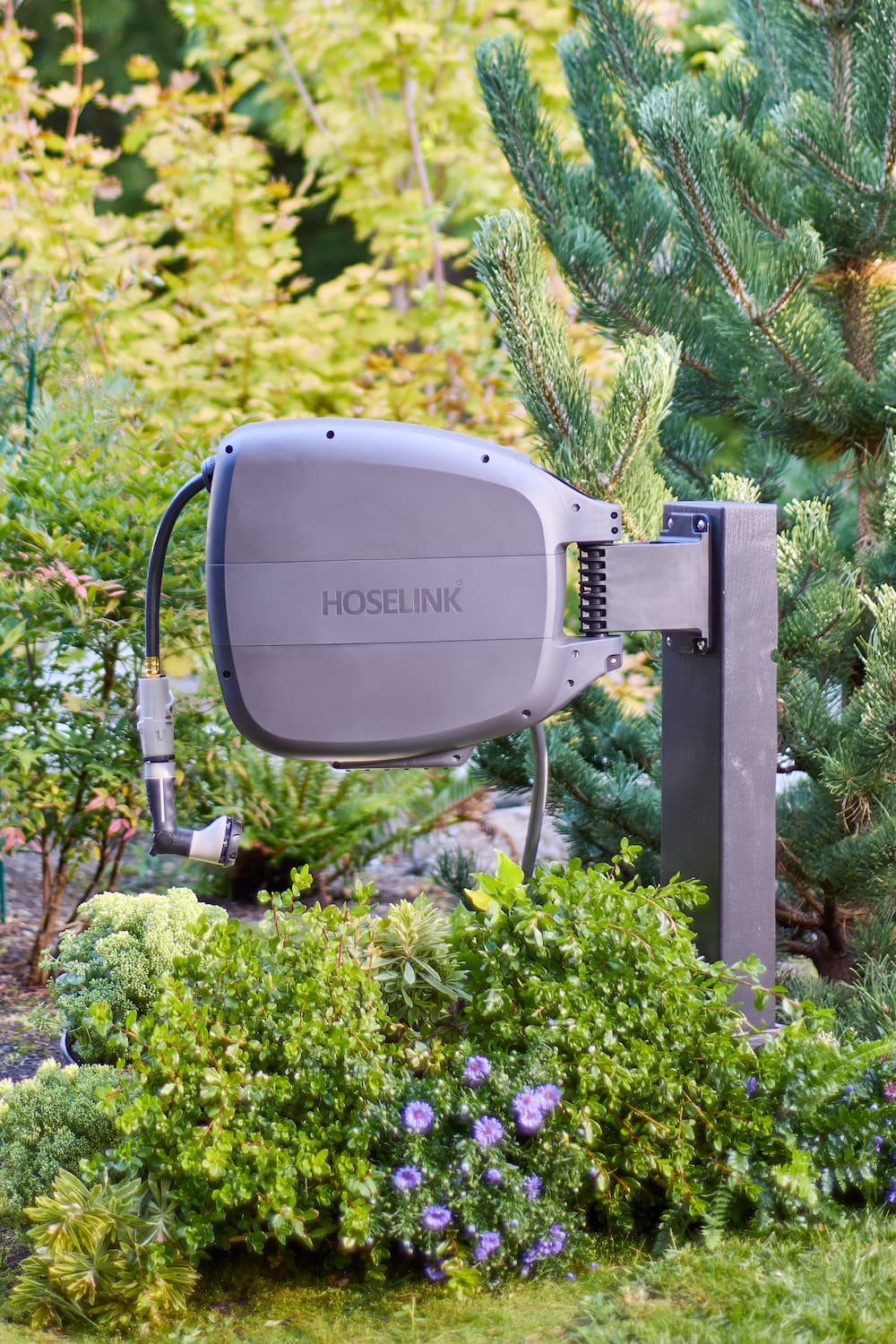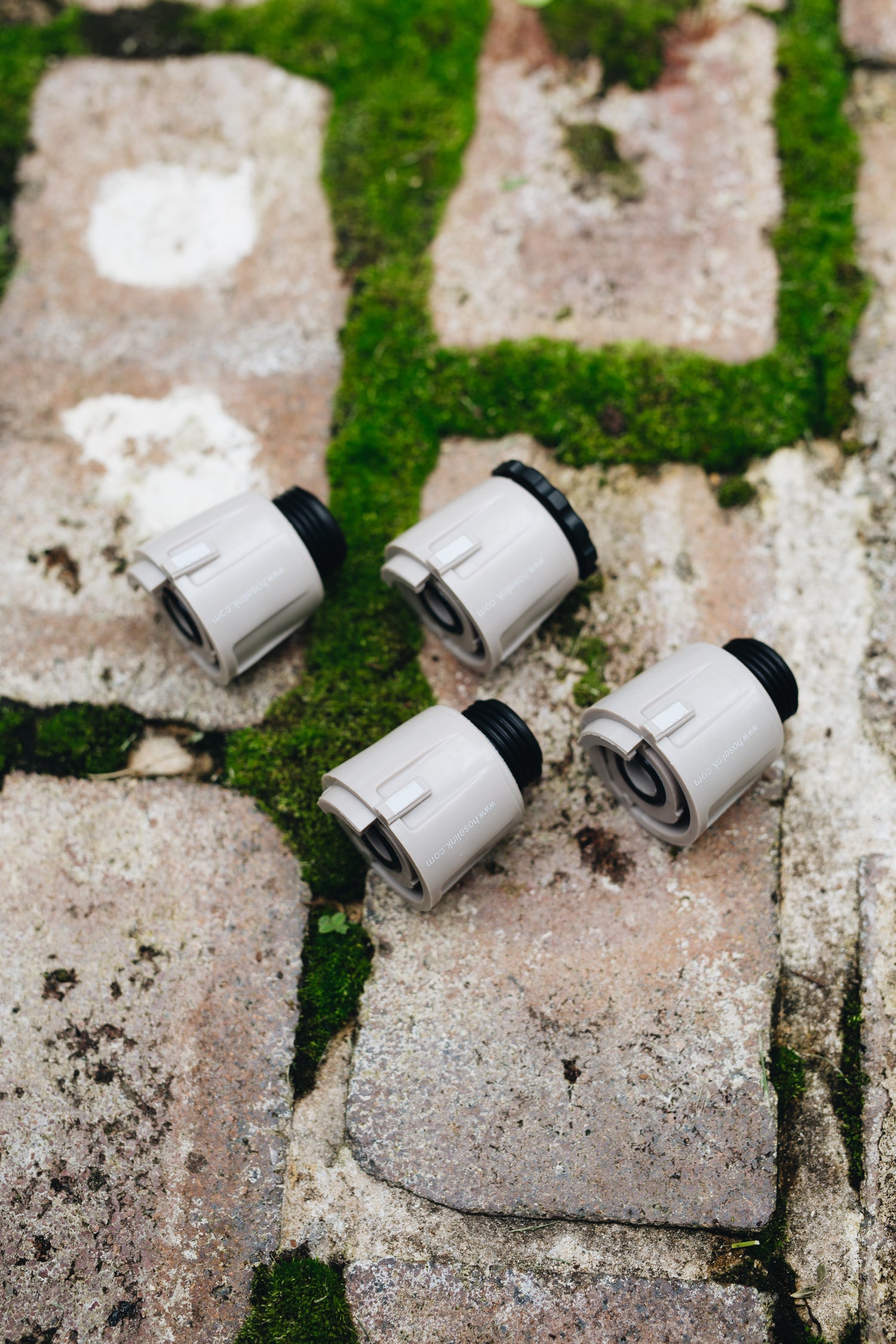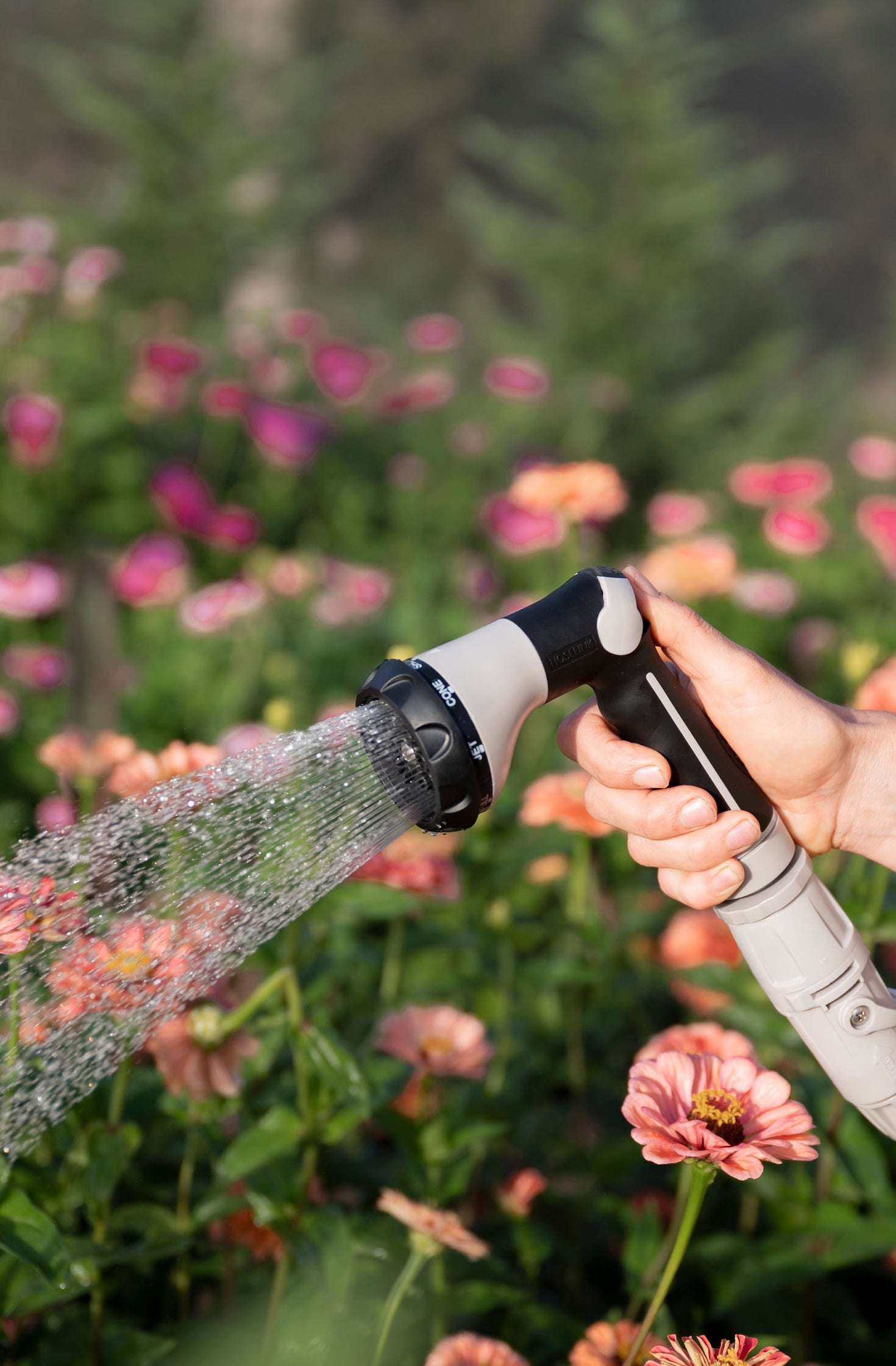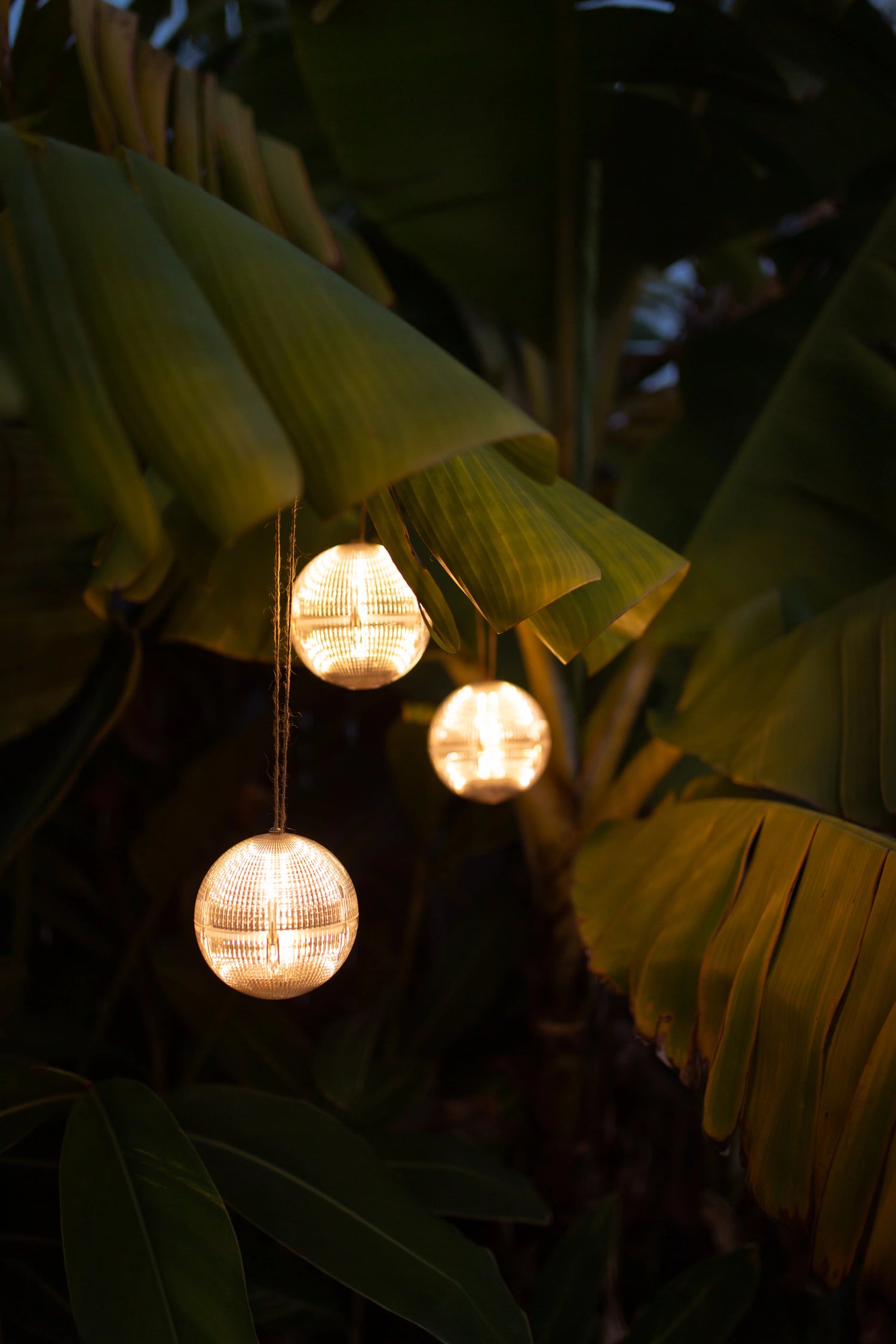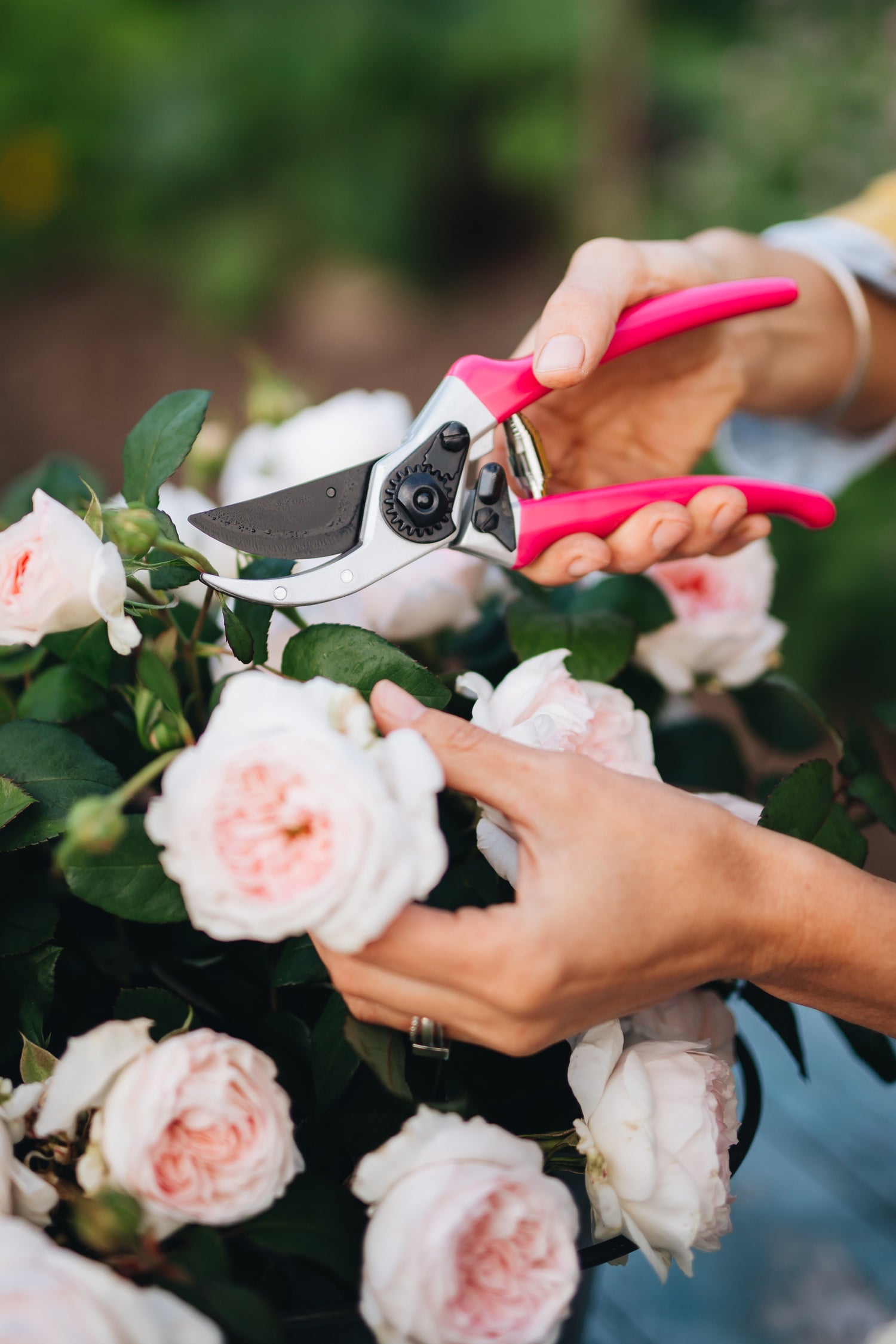When the air turns crisp and the leaves start to fall, it’s tempting to think your gardening days are winding down. But for those in the know, autumn is actually the beginning of something beautiful. Fall is prime time for planting bulbs — those small, unassuming packages of potential that will burst into color come spring.
From fragrant tulips and daffodils to kitchen essentials like garlic, fall-planted bulbs are your secret to effortless beauty and harvests next year. Here’s everything you need to know about planting bulbs this season, including what to plant, how to do it right, and how to make sure your bulbs thrive all winter long.

Why Plant Bulbs in Fall?
Fall planting gives bulbs the cool soil temperatures they need to establish strong root systems before winter. This dormant period allows them to rest underground and wake up with vigor in spring. The general rule? Plant when daytime temperatures are consistently below 60°F (15°C) but before the ground freezes.
Planting now gives you:
- Early spring color: Tulips, daffodils, and crocuses are often the first signs of life after winter.
- Low-maintenance gardening: Bulbs need little attention once planted — they practically do the work for you.
- Edible rewards: Garlic and shallots planted in fall are ready for summer harvests.
- Better performance: Many bulbs require a chilling period to trigger flowering. Fall planting ensures they get that cold spell naturally.
The Best Bulbs to Plant in Fall
There’s a bulb for every purpose — whether you’re after vibrant blooms or a flavorful harvest. Here are some of the best choices for fall planting:
1. Tulips
Perhaps the most iconic spring bulb, tulips come in every color imaginable — from classic reds and yellows to rare purples and near-blacks.
- Planting depth: 6–8 inches deep
- Spacing: 4–6 inches apart
- Tip: Plant tulips in groups or drifts rather than straight rows for a natural, meadow-like look.
For the best results, look for varieties suited to your climate zone. In warmer areas (Zones 8–10), you may need to pre-chill bulbs in the fridge for 6–8 weeks before planting.
2. Daffodils
Sunny, cheerful, and deer-resistant — daffodils are a fall planting must-have. They naturalize easily, meaning they’ll come back and spread year after year.
- Planting depth: 6 inches deep
- Spacing: 4–6 inches apart
- Tip: Choose early, mid-, and late-season varieties to extend your bloom time through spring.

3. Hyacinths
If fragrance is your goal, hyacinths are unbeatable. Their dense, colorful blooms add a pop of color to containers and borders alike.
- Planting depth: 4–6 inches deep
- Spacing: 3–4 inches apart
- Tip: Mix colors for a vibrant display, or plant in clusters of the same shade for a more formal look.
4. Crocuses
Crocuses are often the first flowers to appear after winter, sometimes poking through snow! They’re small but mighty, and perfect for naturalizing in lawns or under trees.
- Planting depth: 3 inches deep
- Spacing: 2–3 inches apart
- Tip: For a natural look, gently toss bulbs on the ground and plant them where they land.
5. Alliums
With their tall stems and globe-like flowers, alliums add striking architectural interest to gardens. Plus, they’re part of the onion family — meaning deer and rodents usually leave them alone.
- Planting depth: 4–8 inches deep (depending on bulb size)
- Spacing: 6–8 inches apart
- Tip: Mix ornamental alliums among perennials for an eye-catching mid-spring to early-summer display.

6. Garlic
Garlic might not be as flashy as tulips, but it’s one of the most satisfying fall bulbs to plant. It’s easy, productive, and adds incredible flavor to your kitchen all summer long.
- Planting depth: 2 inches deep
- Spacing: 4–6 inches apart, in rows about a foot apart
- How to plant: Break the head into individual cloves and plant each clove pointed end up. Cover with soil and mulch for winter protection.
- Harvest: Mid to late summer, once the tops start to brown and dry.
For the best results, choose hardneck garlic varieties in colder climates and softneck varieties in warmer regions.
How to Plant Fall Bulbs: Step-by-Step
No matter what bulbs you’re planting, the method is largely the same — and it couldn’t be easier.
-
Choose the Right Spot
Most bulbs prefer well-draining soil and full to partial sun. Avoid areas that stay soggy in winter — bulbs can rot in standing water. -
Prepare the Soil
Loosen soil to about 8–10 inches deep and mix in compost or aged manure to improve texture and nutrients. If your soil is heavy clay, consider adding sand or grit to enhance drainage. -
Check Your Depth and Spacing
A good rule of thumb: plant bulbs at a depth about 2–3 times the height of the bulb. Leave enough space between bulbs so they aren’t crowded as they grow. - Pro tip: Use Hoselink’s Hori Hori Knife when planting bulbs. The stainless steel blade has a depth scale on one side, making it easy to see how deep you are planting bulbs.
-
Plant Pointy End Up
The pointed end of the bulb should face the sky — that’s where the shoots will emerge from. If you’re unsure which end is up, plant the bulb on its side — it’ll sort itself out. -
Water Well After Planting
Give bulbs a good soak to help settle the soil and start root development. Once established, you won’t need to water much through winter. -
Add Mulch
A 2–3 inch layer of mulch helps regulate soil temperature, retain moisture, and protect bulbs from frost heaving.

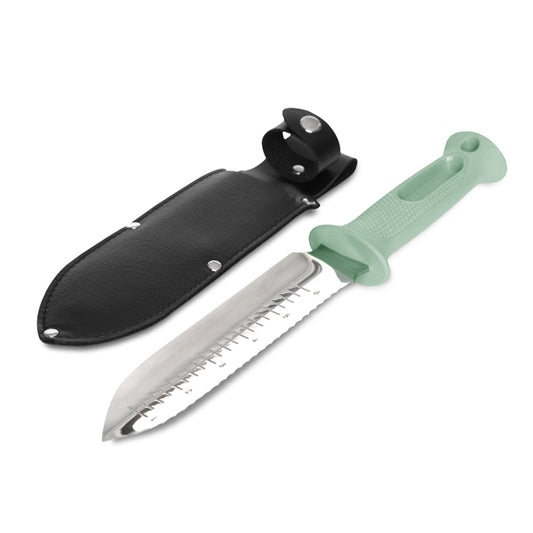
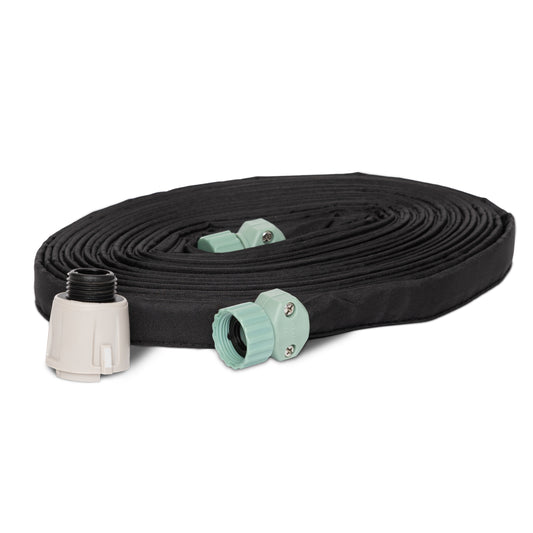
Design Tips for a Stunning Spring Display
Planting bulbs isn’t just about sticking them in the ground — it’s also an opportunity to design your dream spring garden. Here are a few ideas:
-
Layer Your Bulbs (“Lasagna Planting”):
Combine bulbs with different bloom times and planting depths in the same area. For example: tulips at the bottom, daffodils in the middle, and crocuses on top. This creates a long-lasting wave of color. -
Mix with Perennials:
Pair bulbs with plants like hostas, daylilies, or ornamental grasses that will fill in once bulb blooms fade. -
Go for Naturalizing Varieties:
Choose bulbs like daffodils, crocuses, and snowdrops that multiply over time for a lush, low-maintenance display. -
Think Containers:
You don’t need a big garden bed — bulbs thrive in pots, too! Just make sure containers have good drainage and are protected from hard freezes.
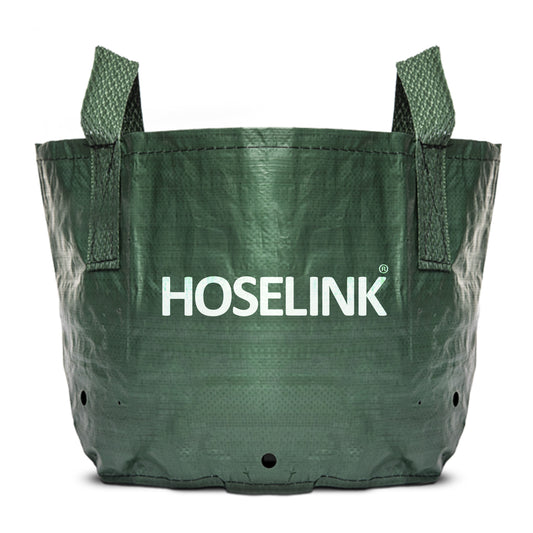
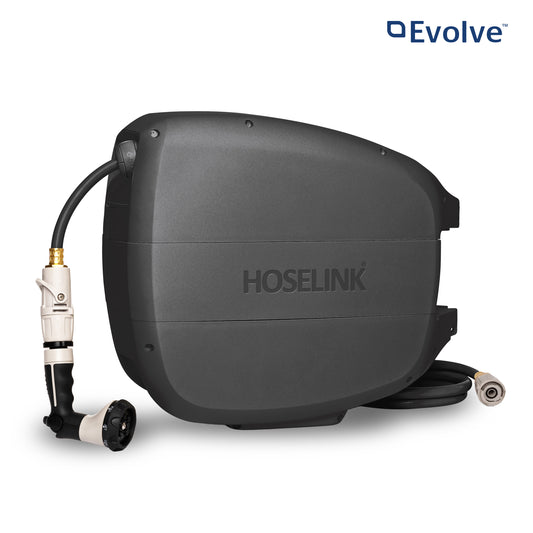
Caring for Bulbs After Blooming
Once your spring bulbs finish flowering, resist the urge to cut back the foliage right away. The leaves gather sunlight and send energy back to the bulb for next year’s growth.
- Wait until the leaves turn yellow before trimming them back.
- Deadhead spent blooms to prevent the plant from using energy to produce seeds.
- Feed lightly with a balanced fertilizer or bulb food to support next year’s blooms.
Garlic, on the other hand, has its own timeline — harvest when about half the leaves have turned brown, then cure and store for months of delicious use.
Common Bulb Planting Mistakes to Avoid
Even seasoned gardeners make these errors from time to time:
- Planting bulbs too shallow — they may freeze or pop out of the ground.
- Forgetting to mark planting spots, leading to accidental digging later. Use our Recycled Plastic Plant Labels to keep track of where you planted.
- Skipping drainage improvements, which leads to bulb rot.
- Using animal-attracting fertilizers — opt for bulb food or bone meal alternatives to avoid critter digging.

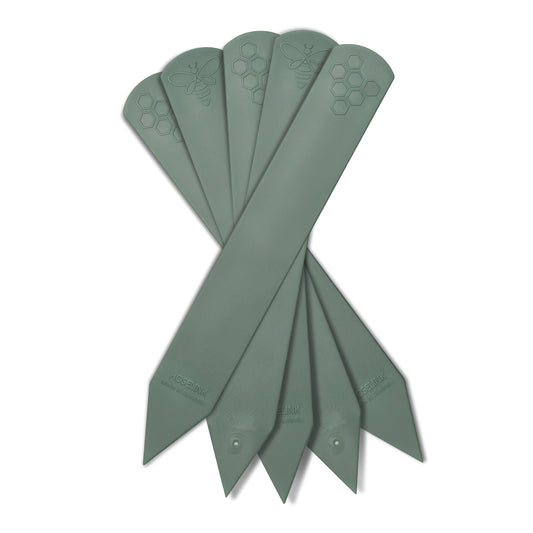
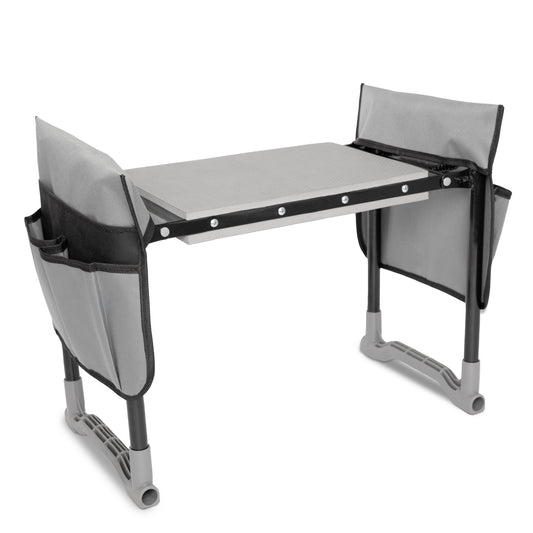
Your Fall Gardening To-Do List
Here’s a quick checklist to make sure you’re ready to get planting:
- Choose and order bulbs early (they sell out fast!)
- Check your USDA Hardiness Zone and planting window
- Prepare your soil with compost
- Gather tools — hori hori knife, gloves, mulch, and labels
- Plant before the first hard frost
- Water, mulch, and dream of spring
The Payoff: A Spring Worth Waiting For
Fall bulb planting is the ultimate exercise in delayed gratification. You tuck small bulbs into the ground now, forget about them through winter, and then — just when you’re craving color most — they reward you with a breathtaking display. Whether you’re planting tulips for beauty or garlic for flavor, a little effort in autumn guarantees a garden full of joy next year.
So grab your trowel, pull on a cozy sweater, and start digging — your future garden will thank you.

